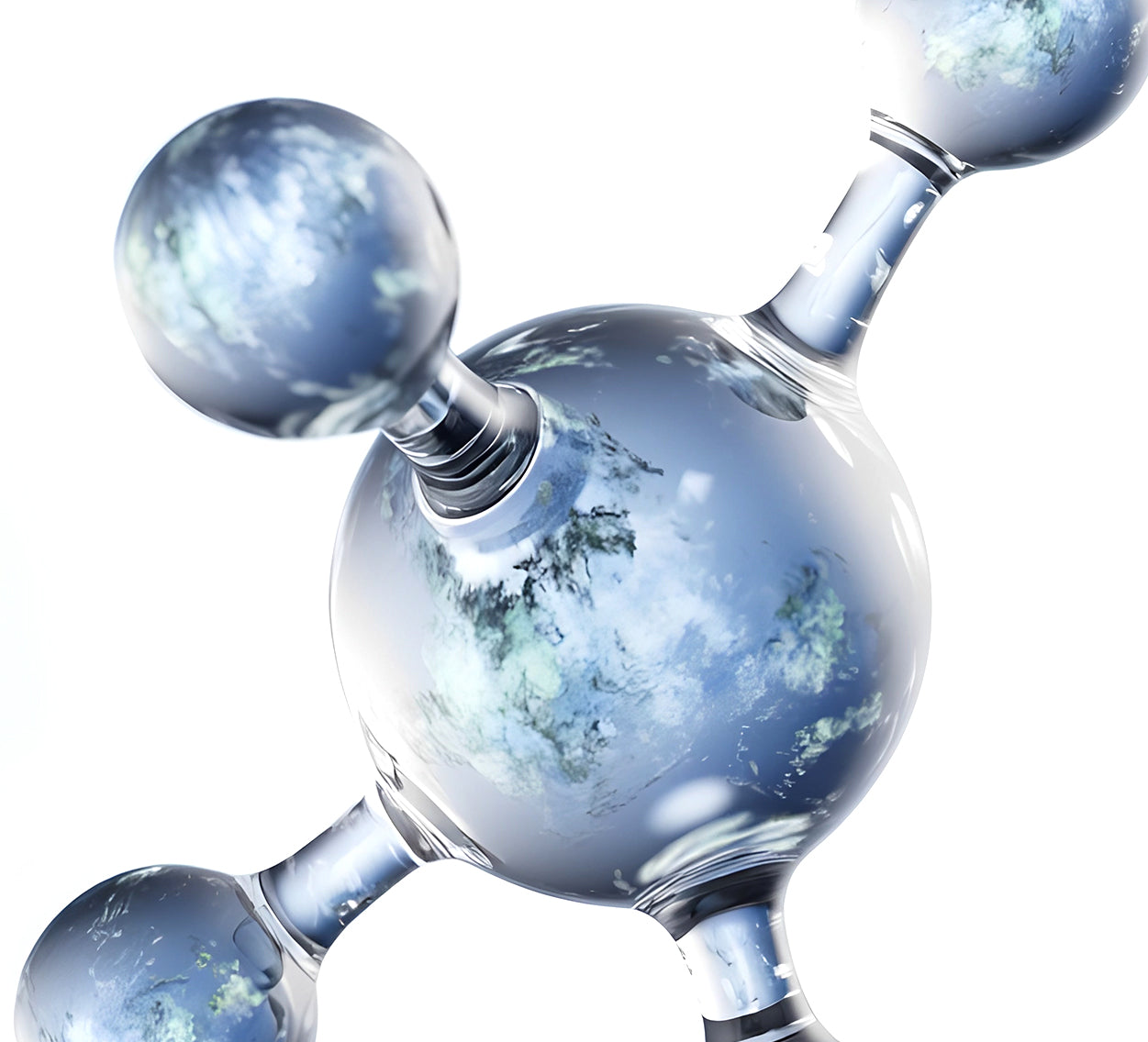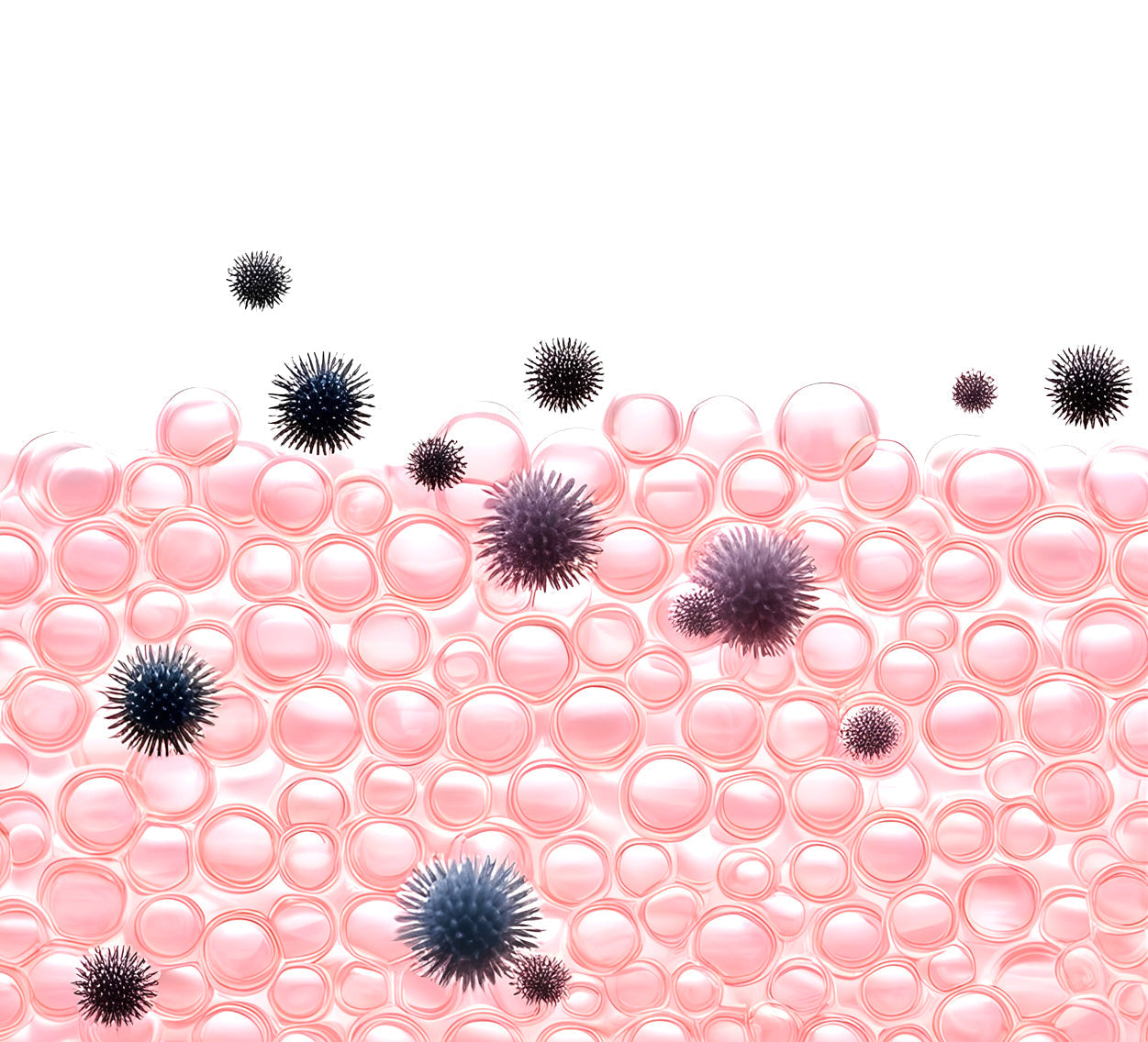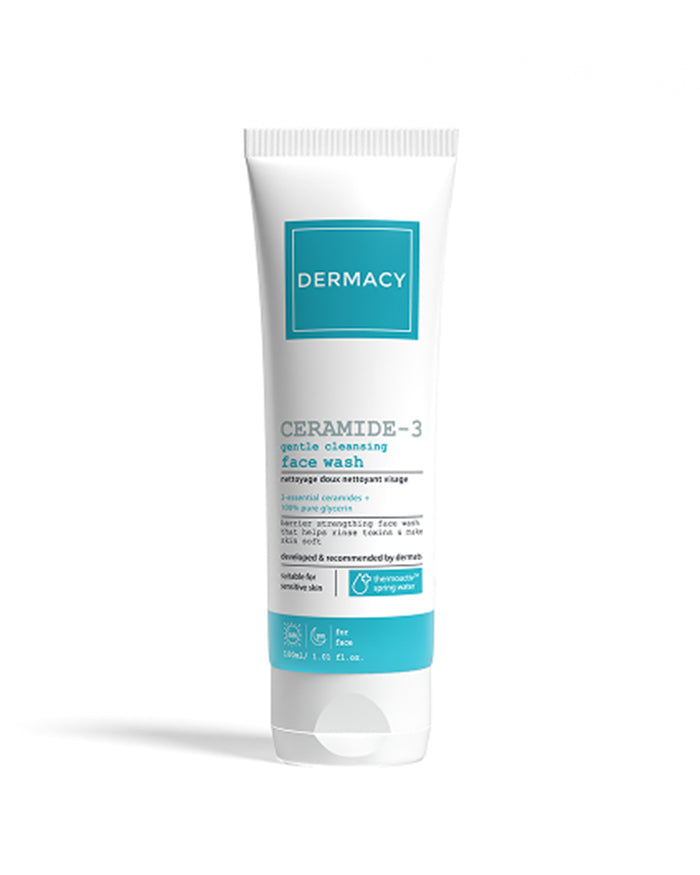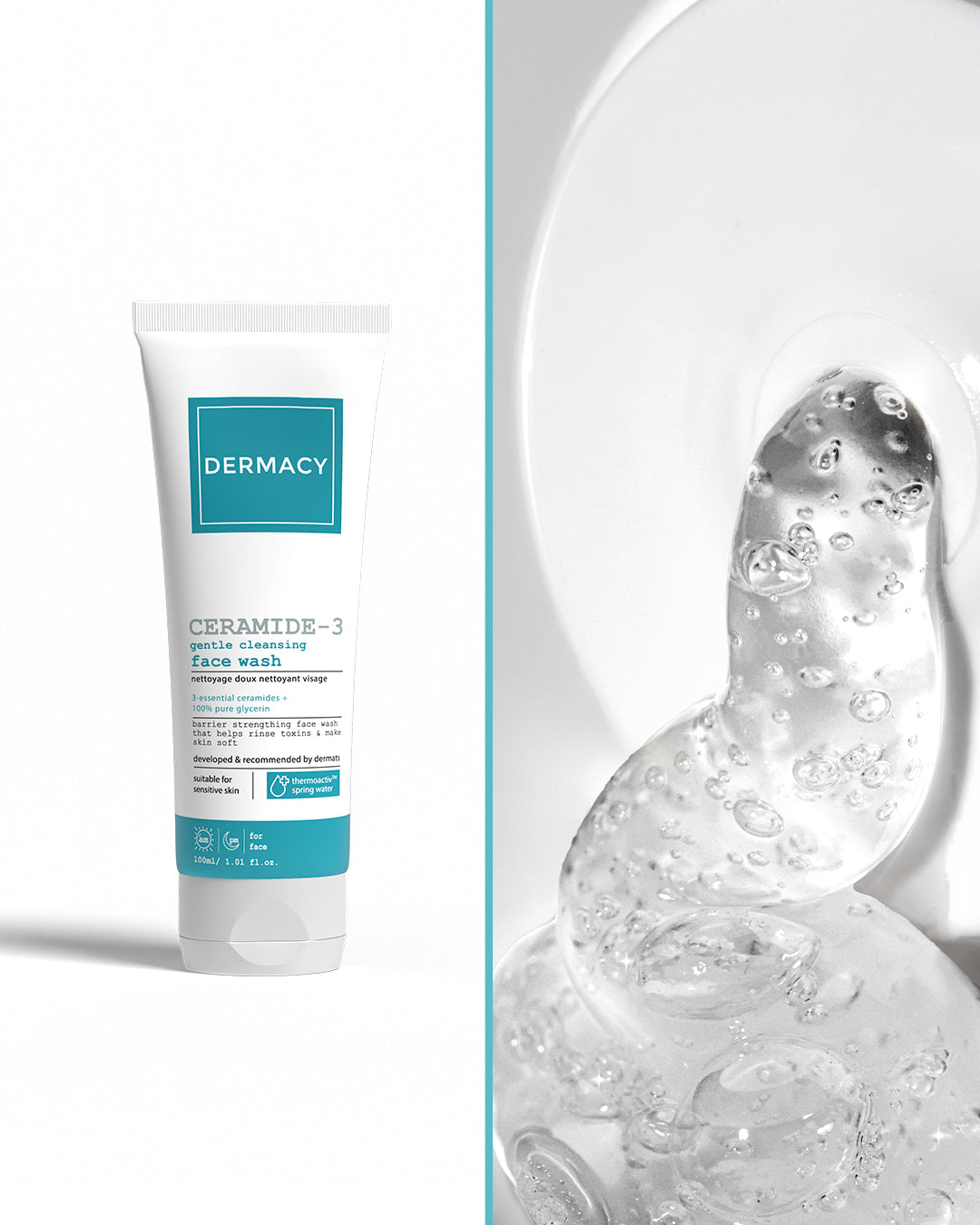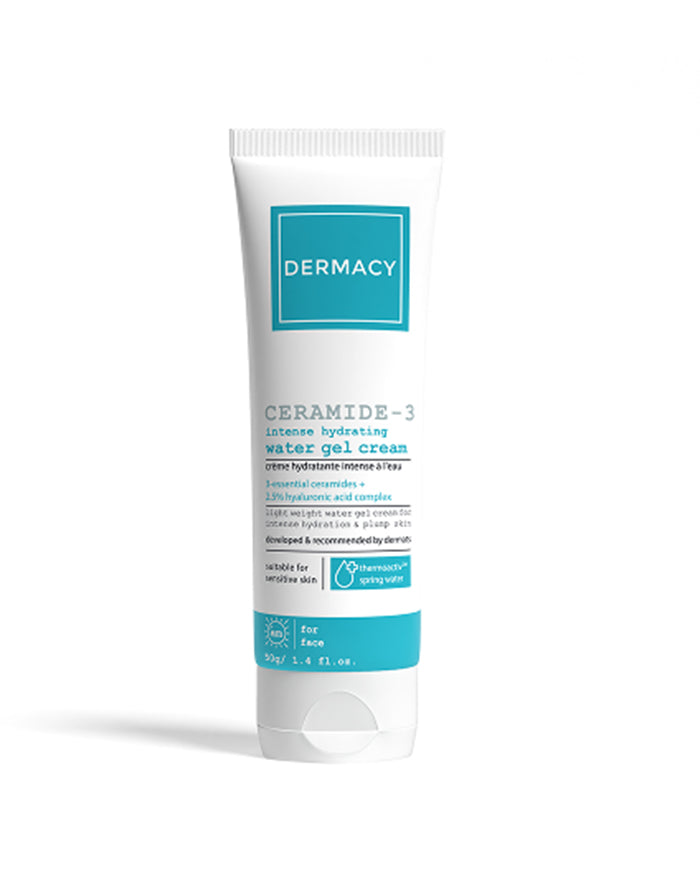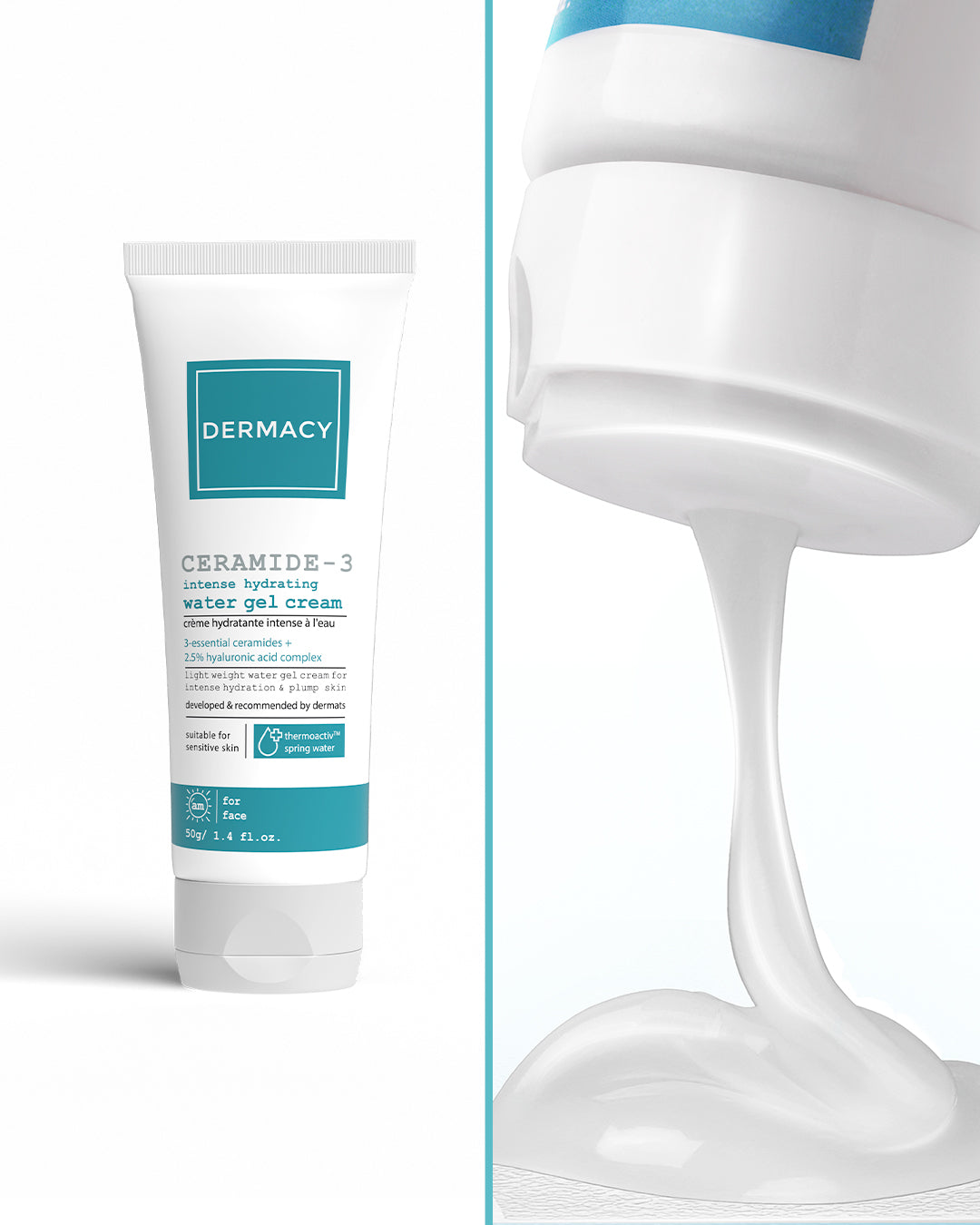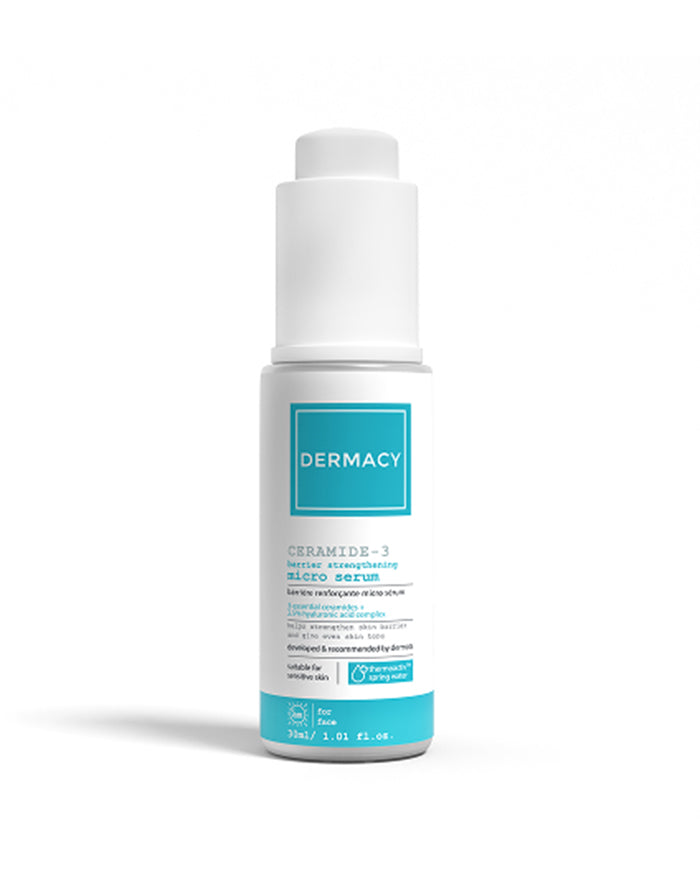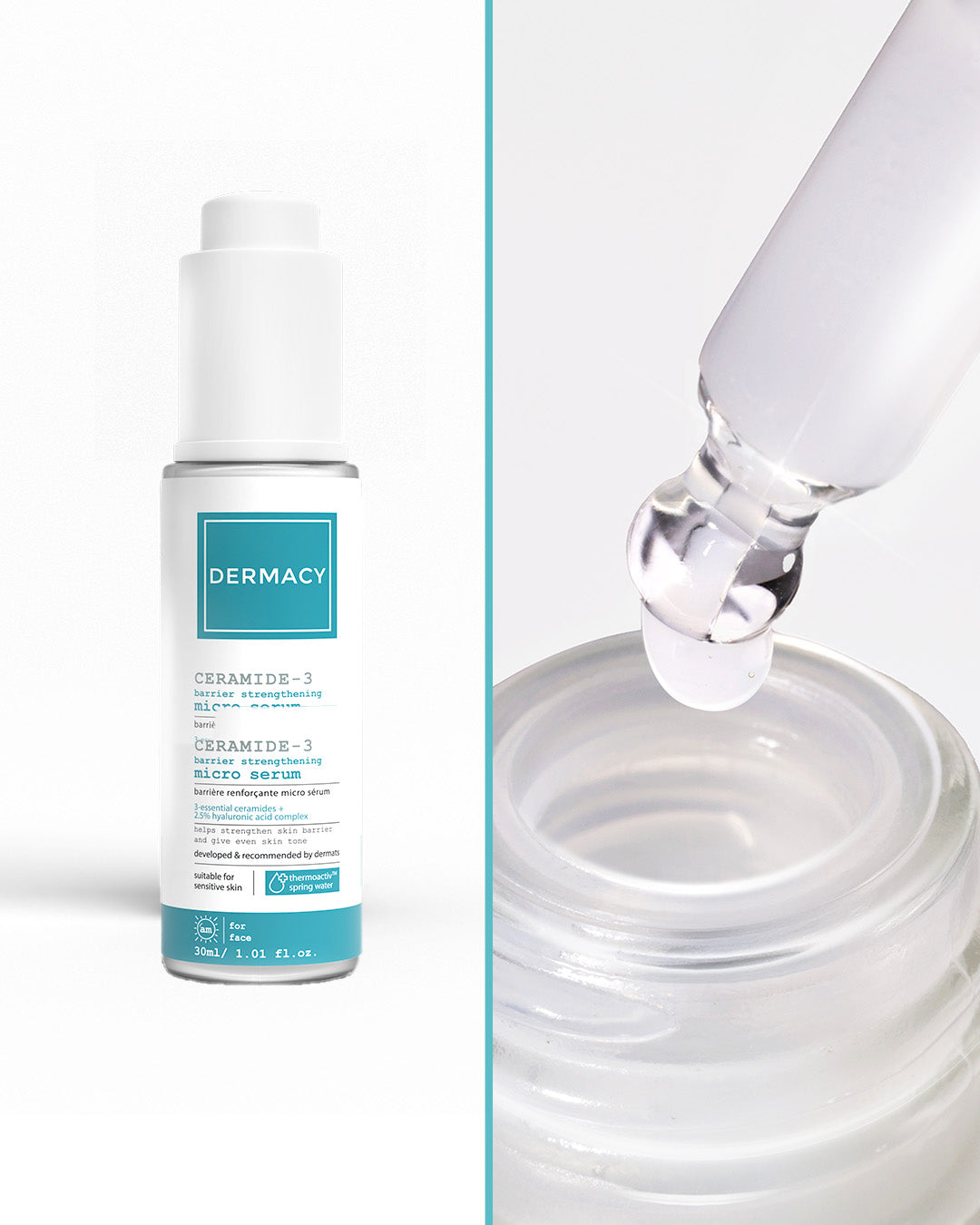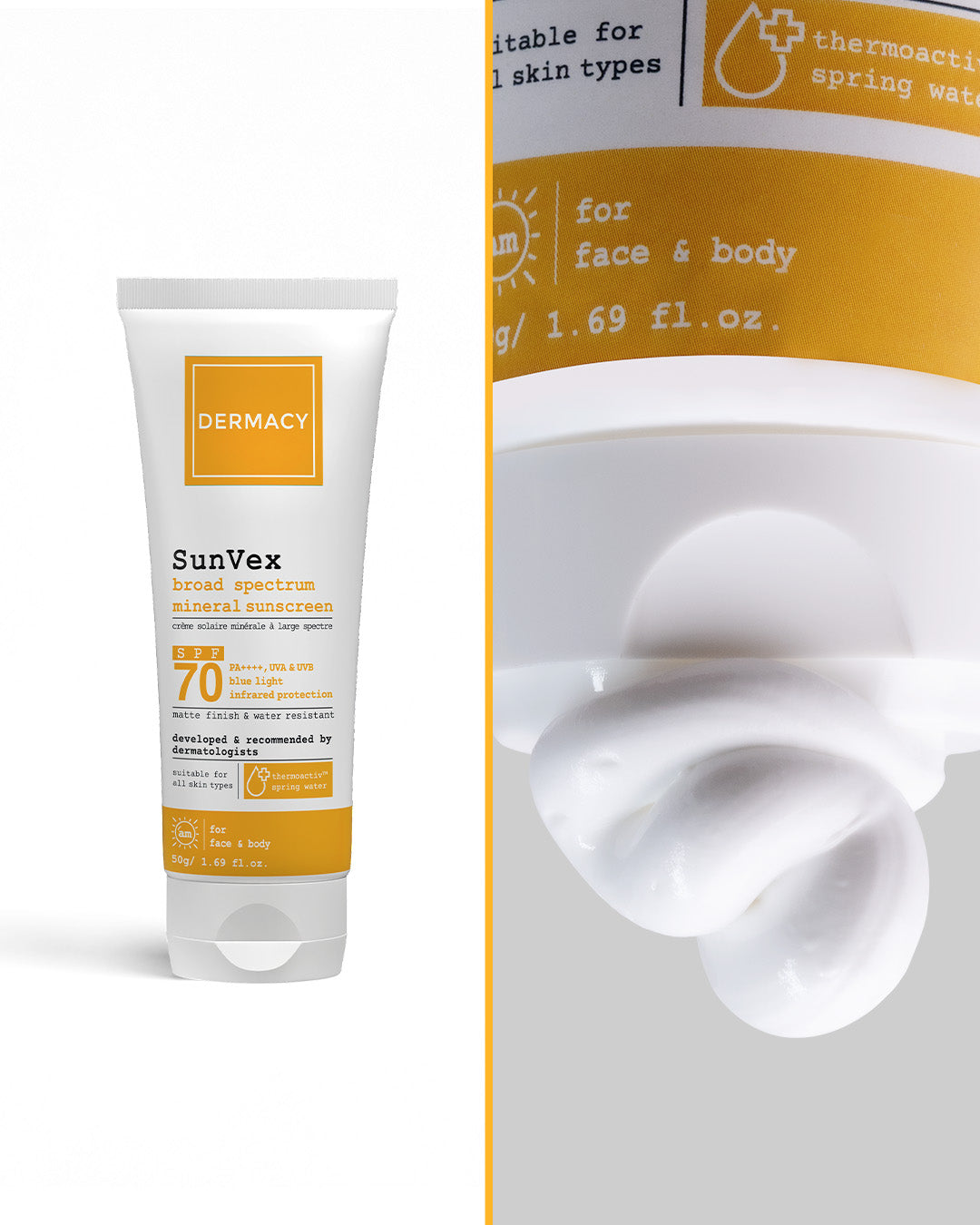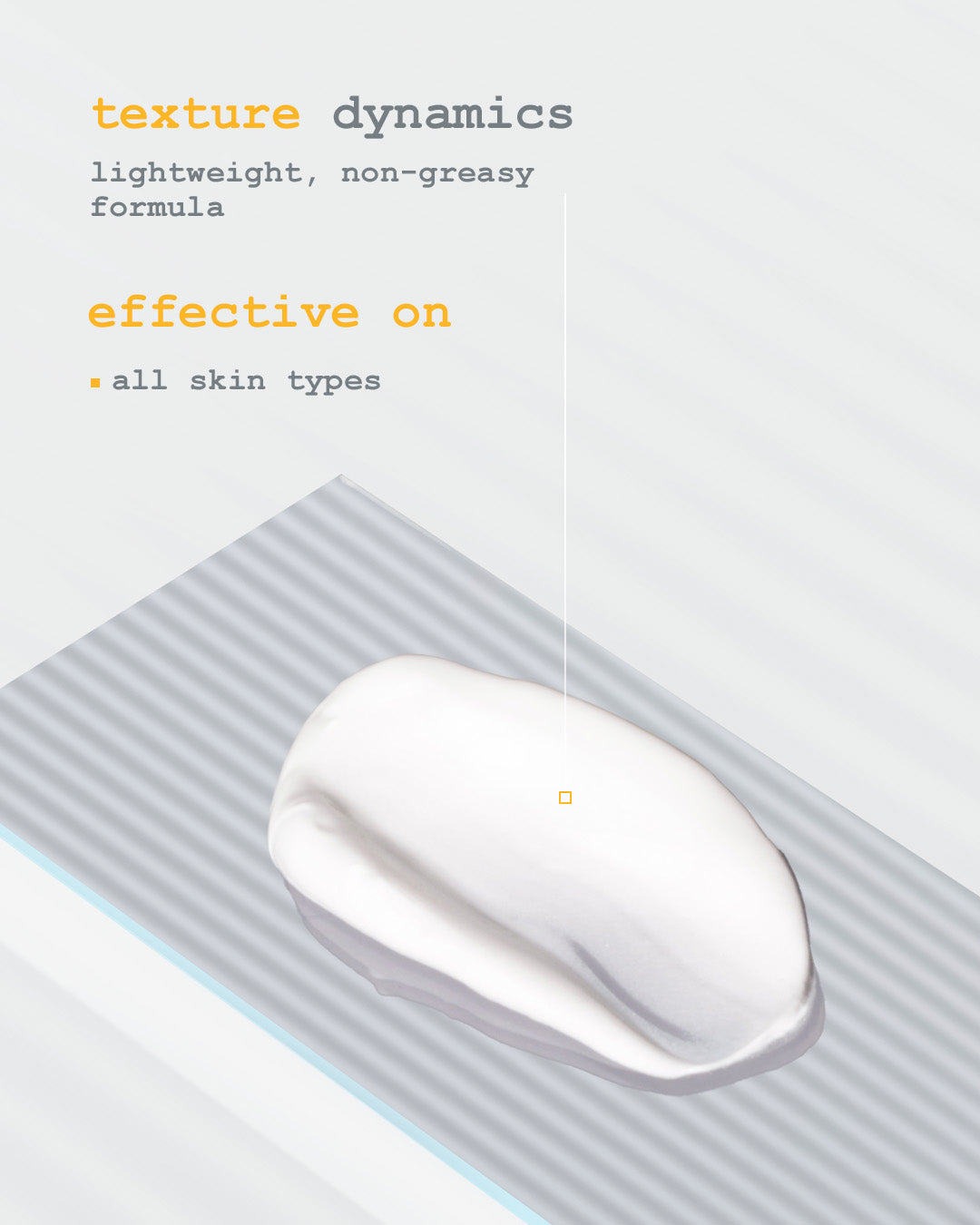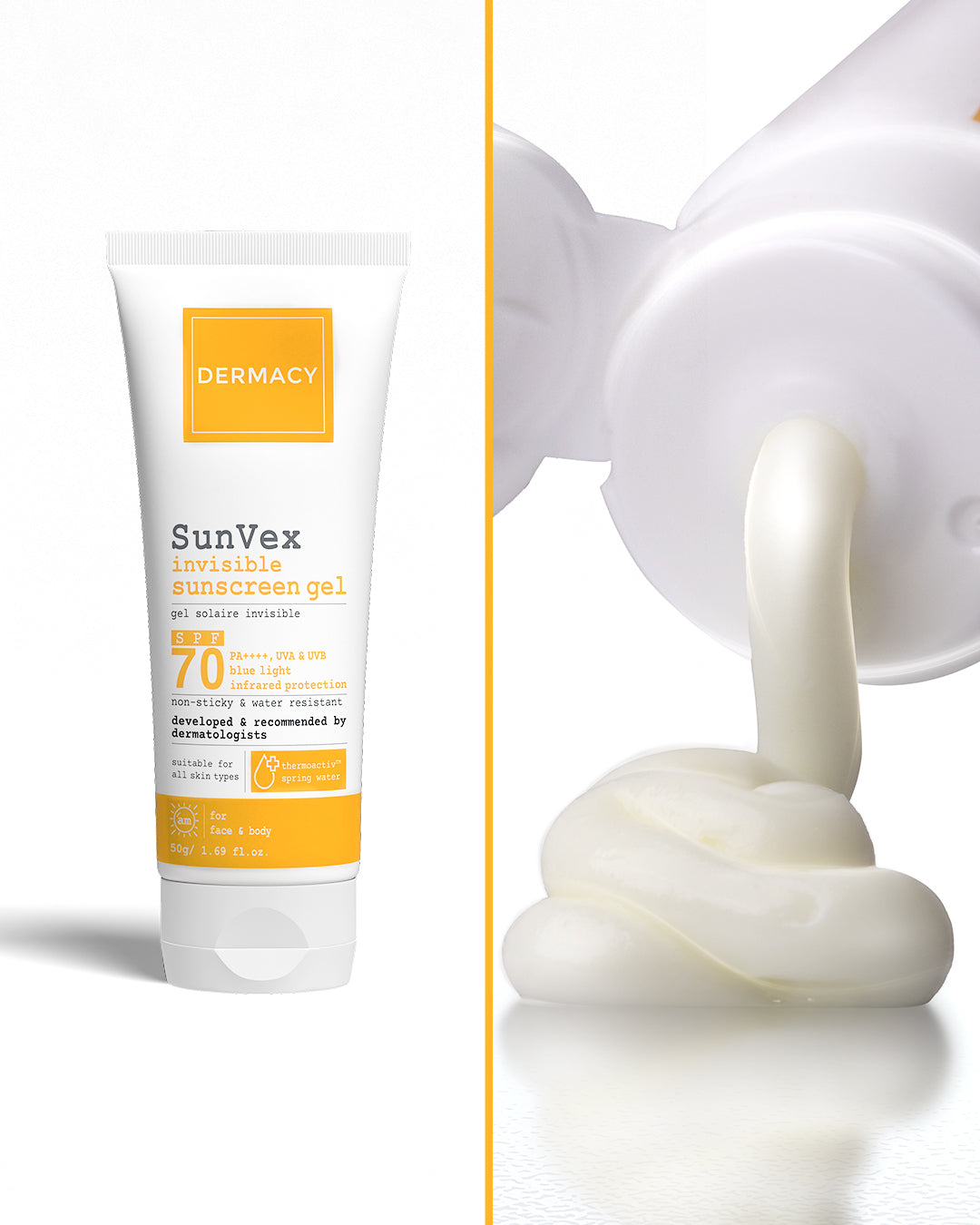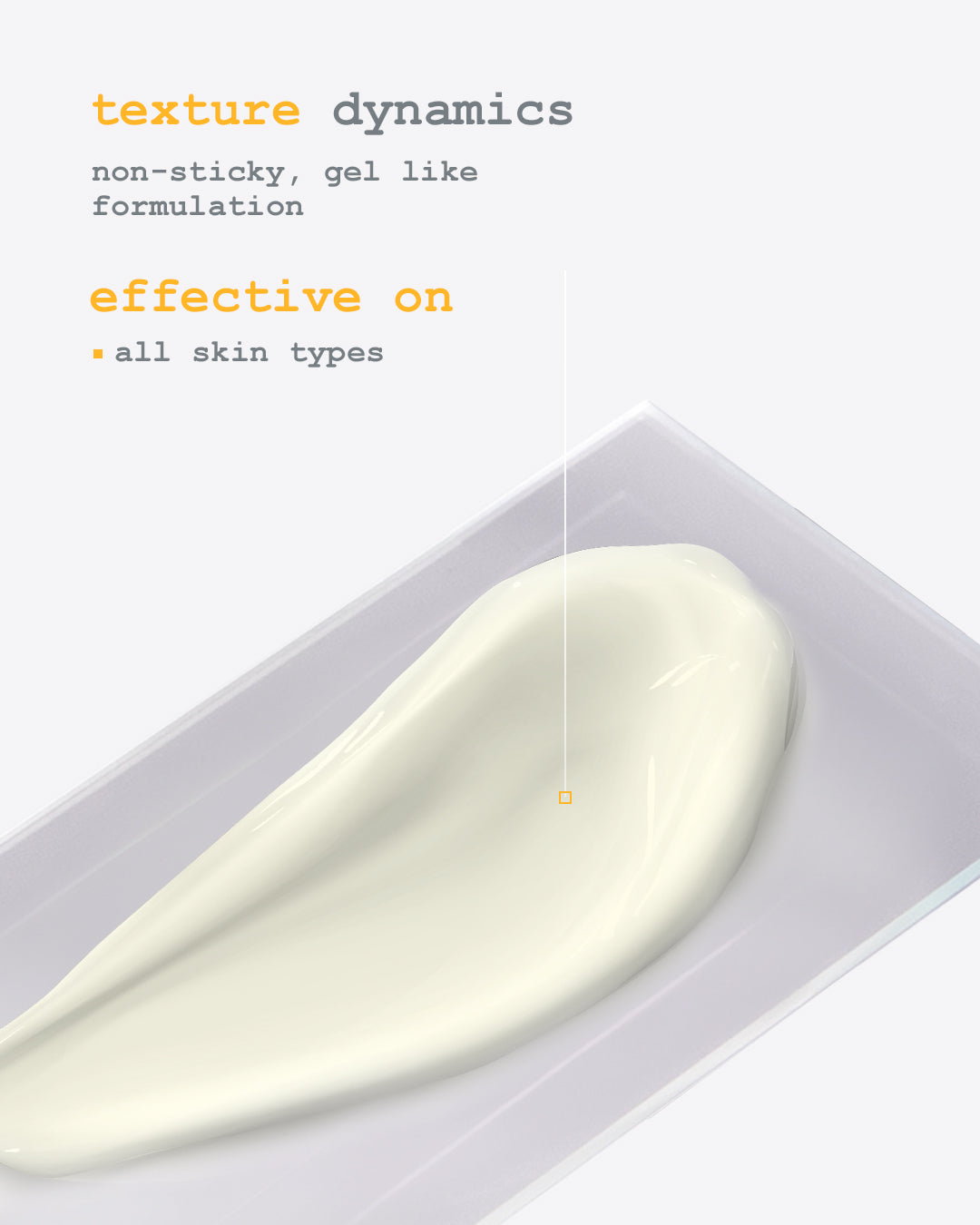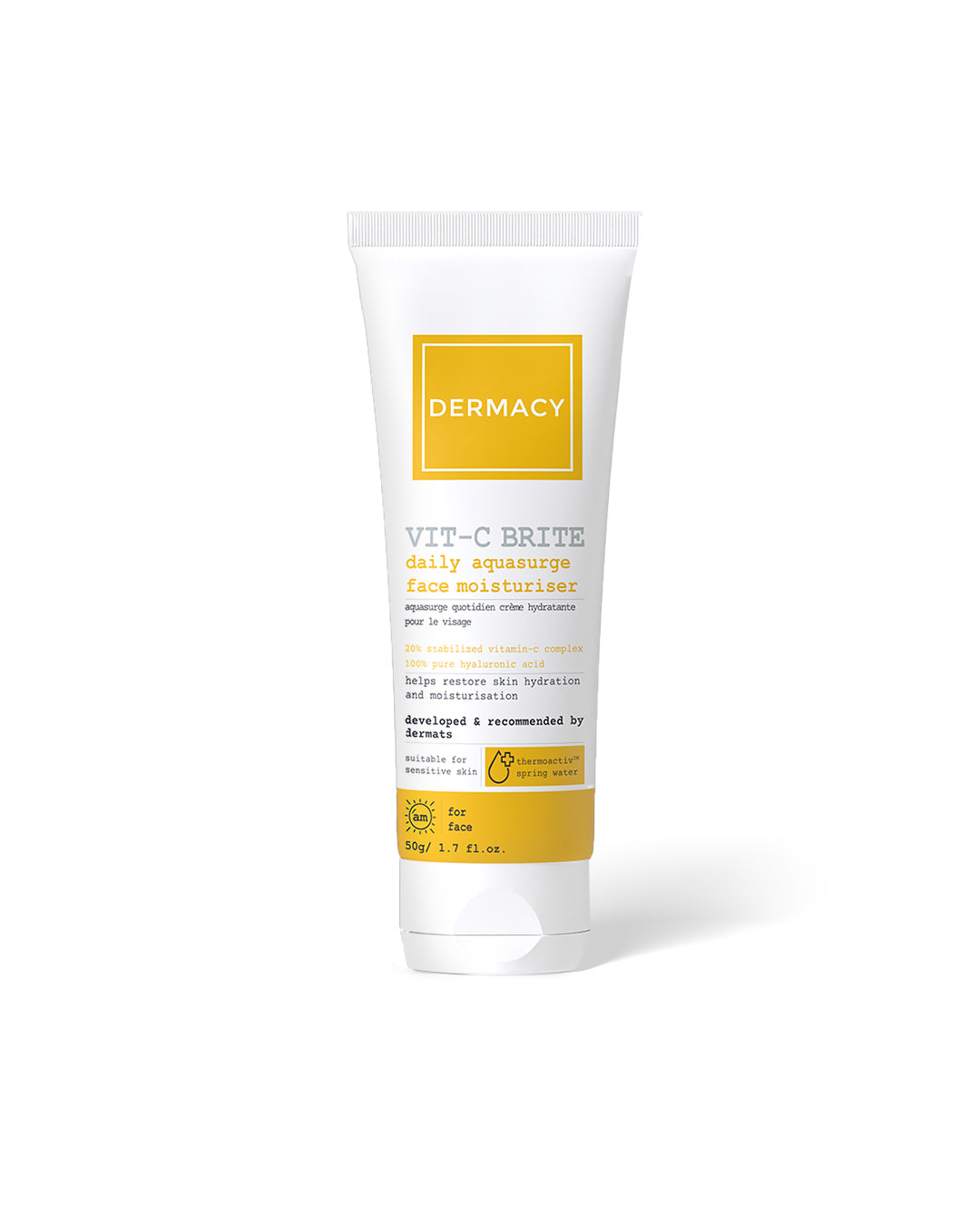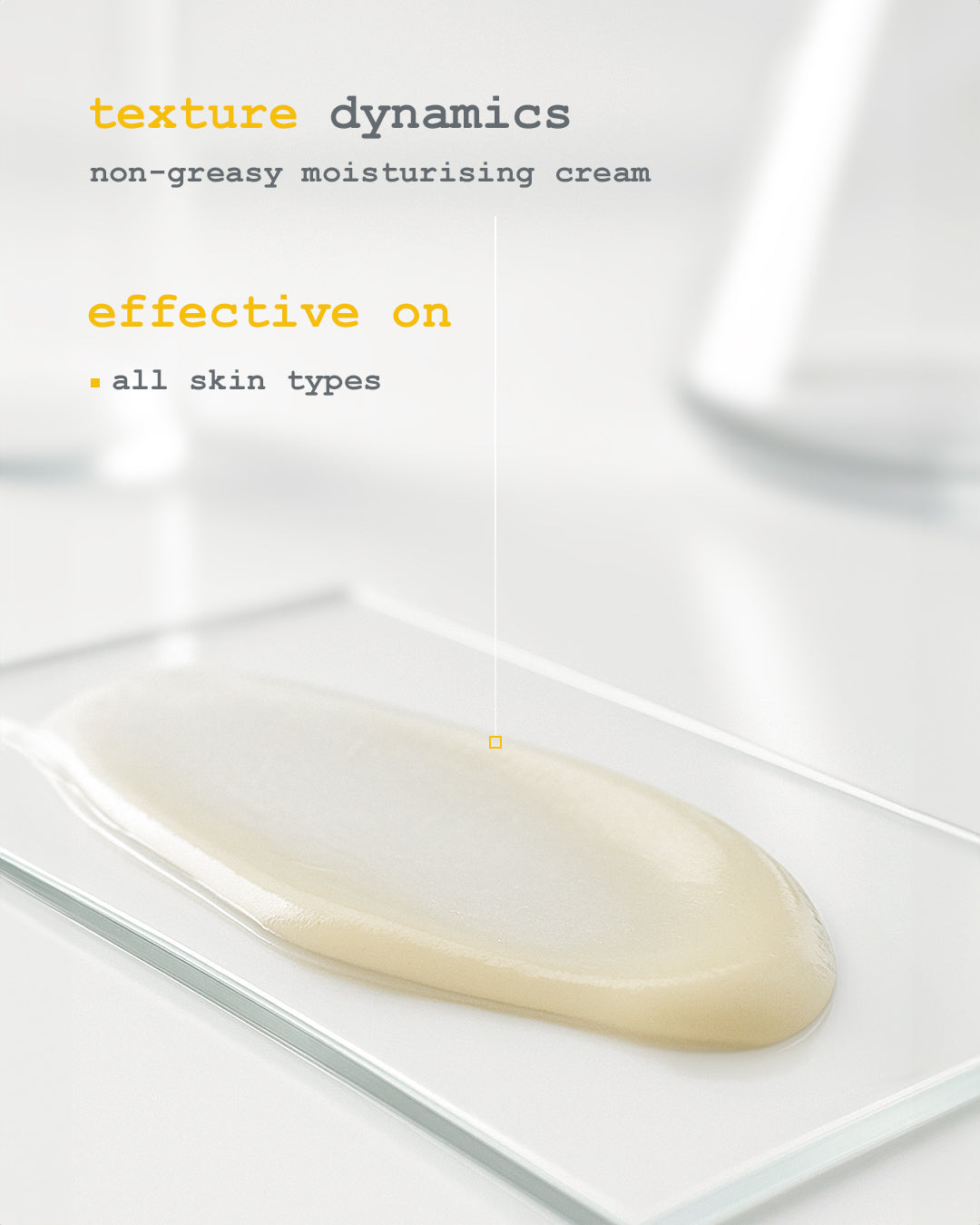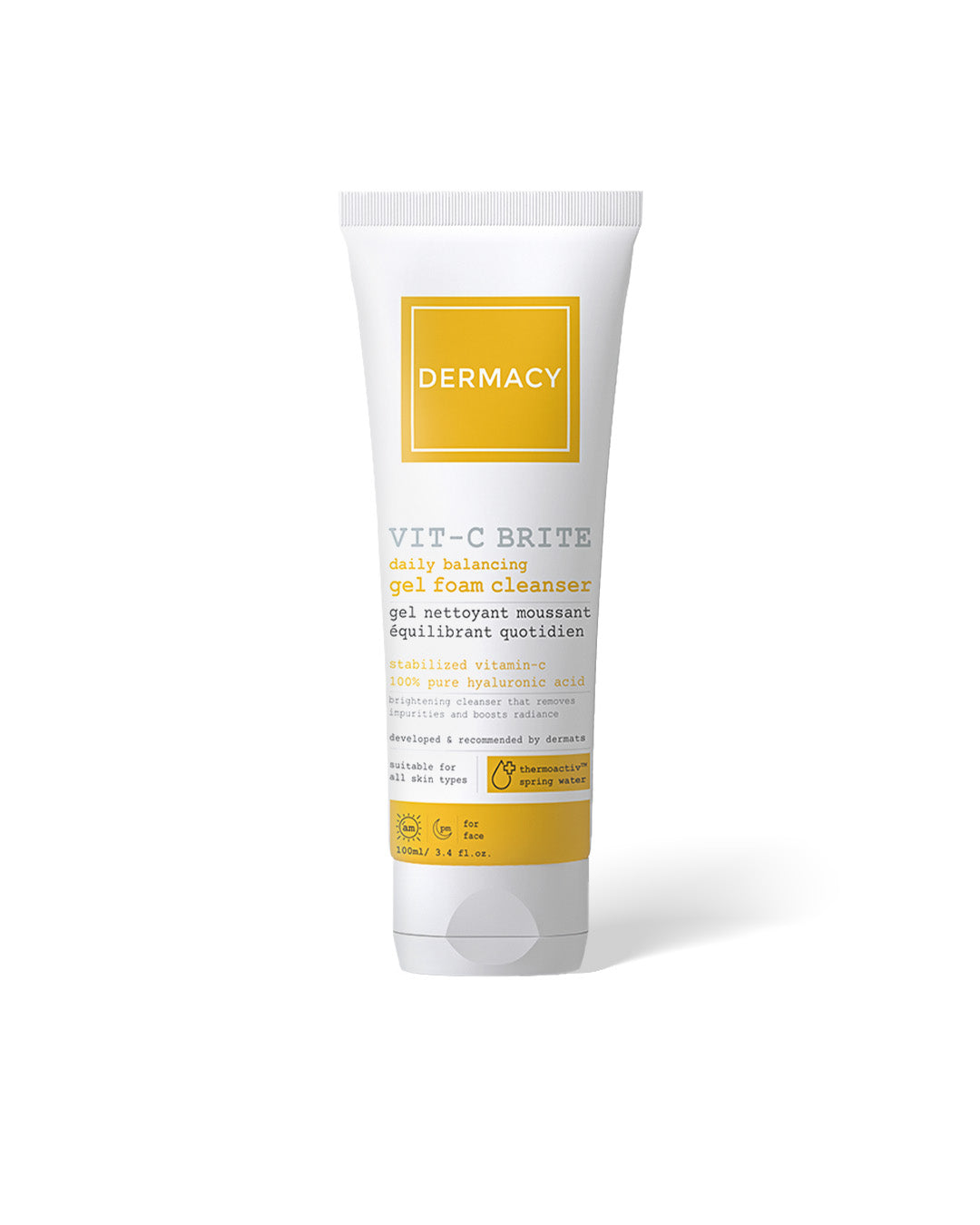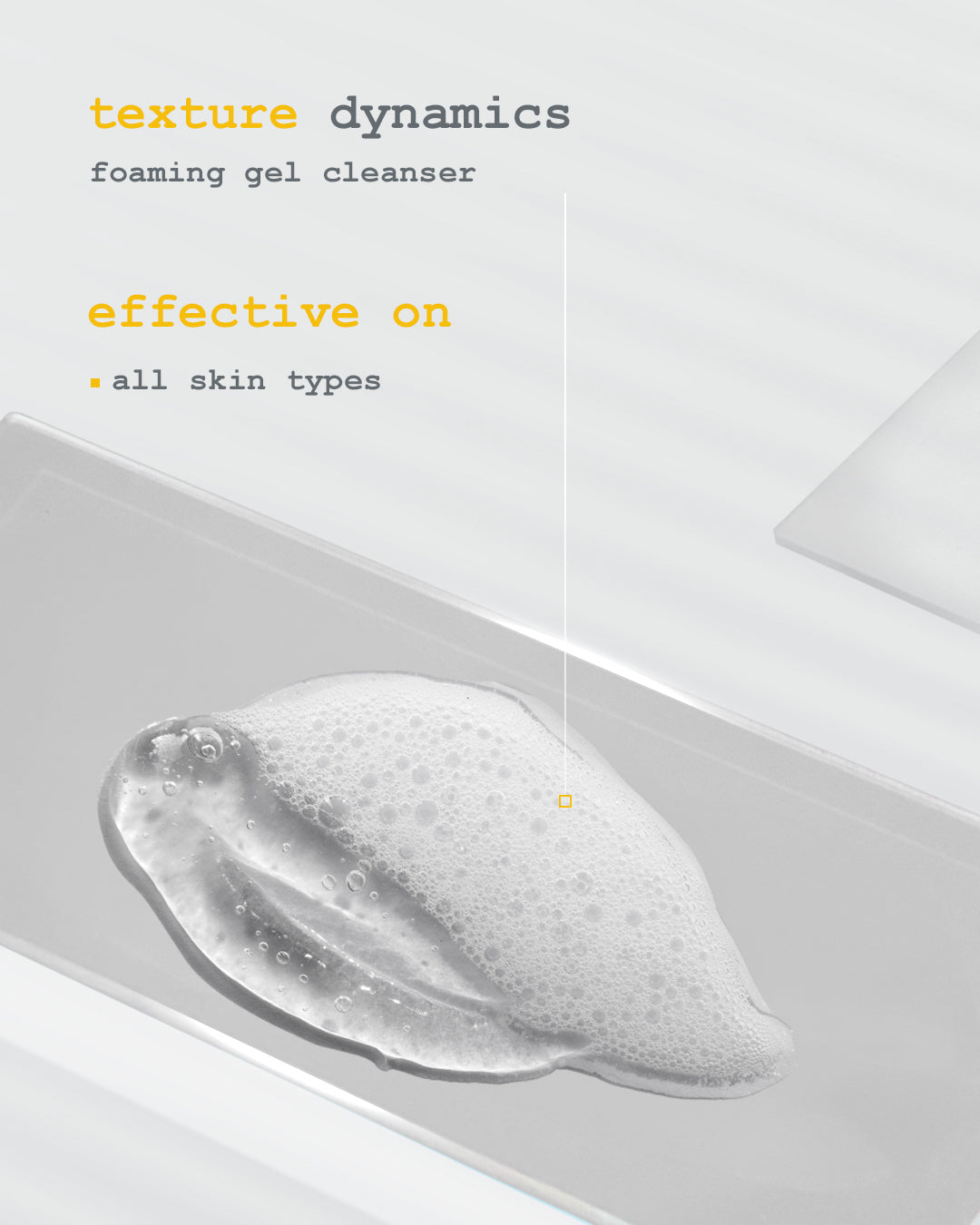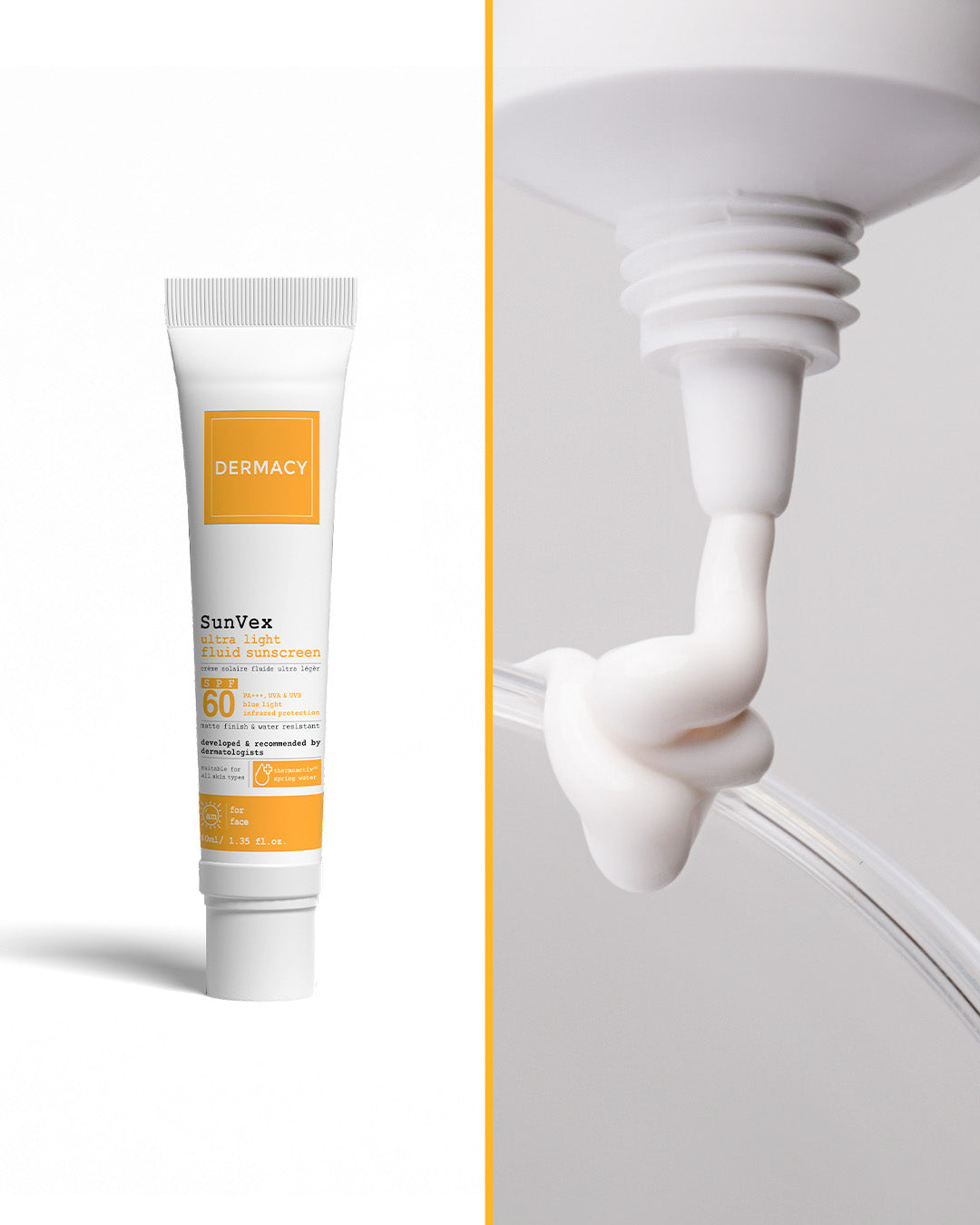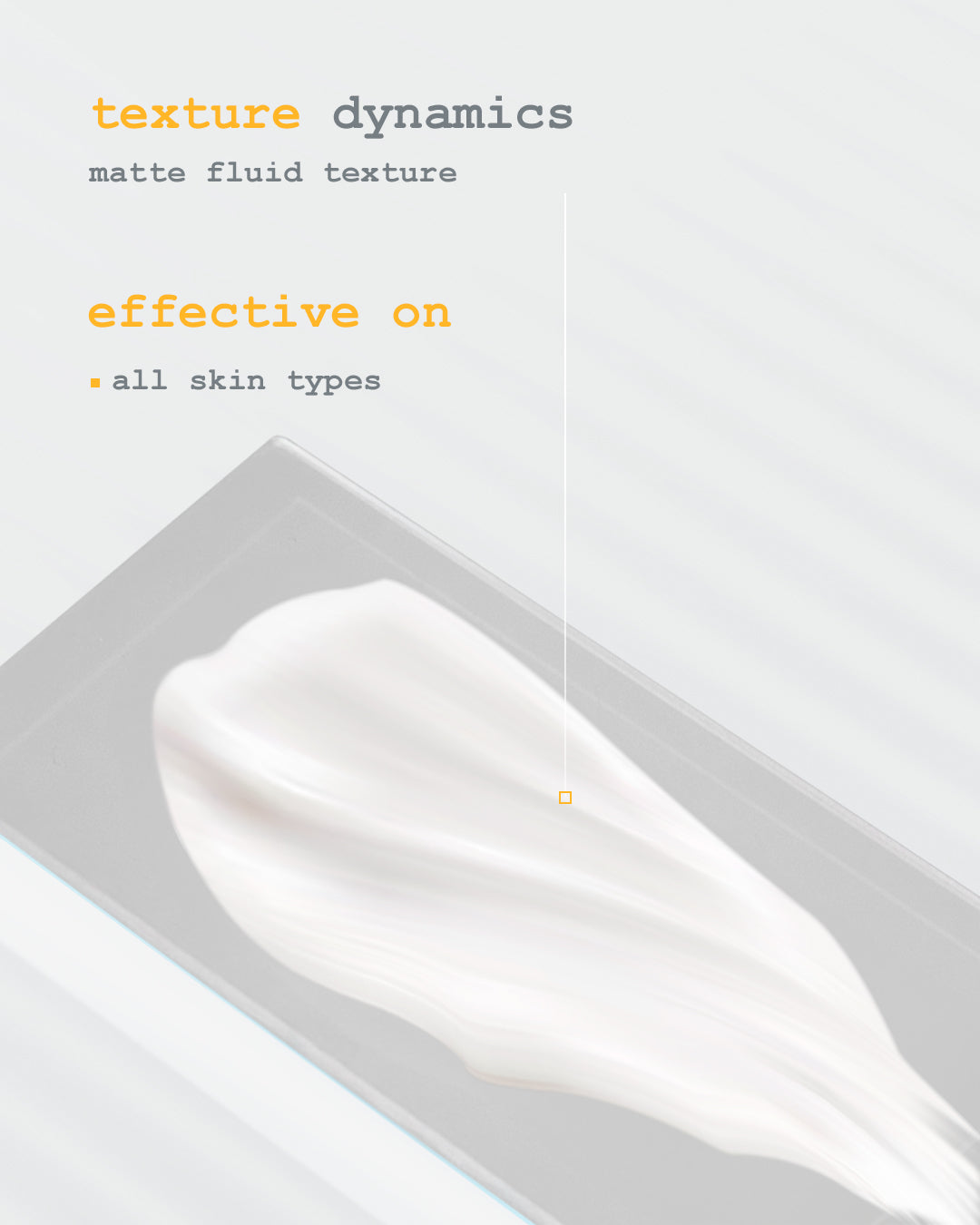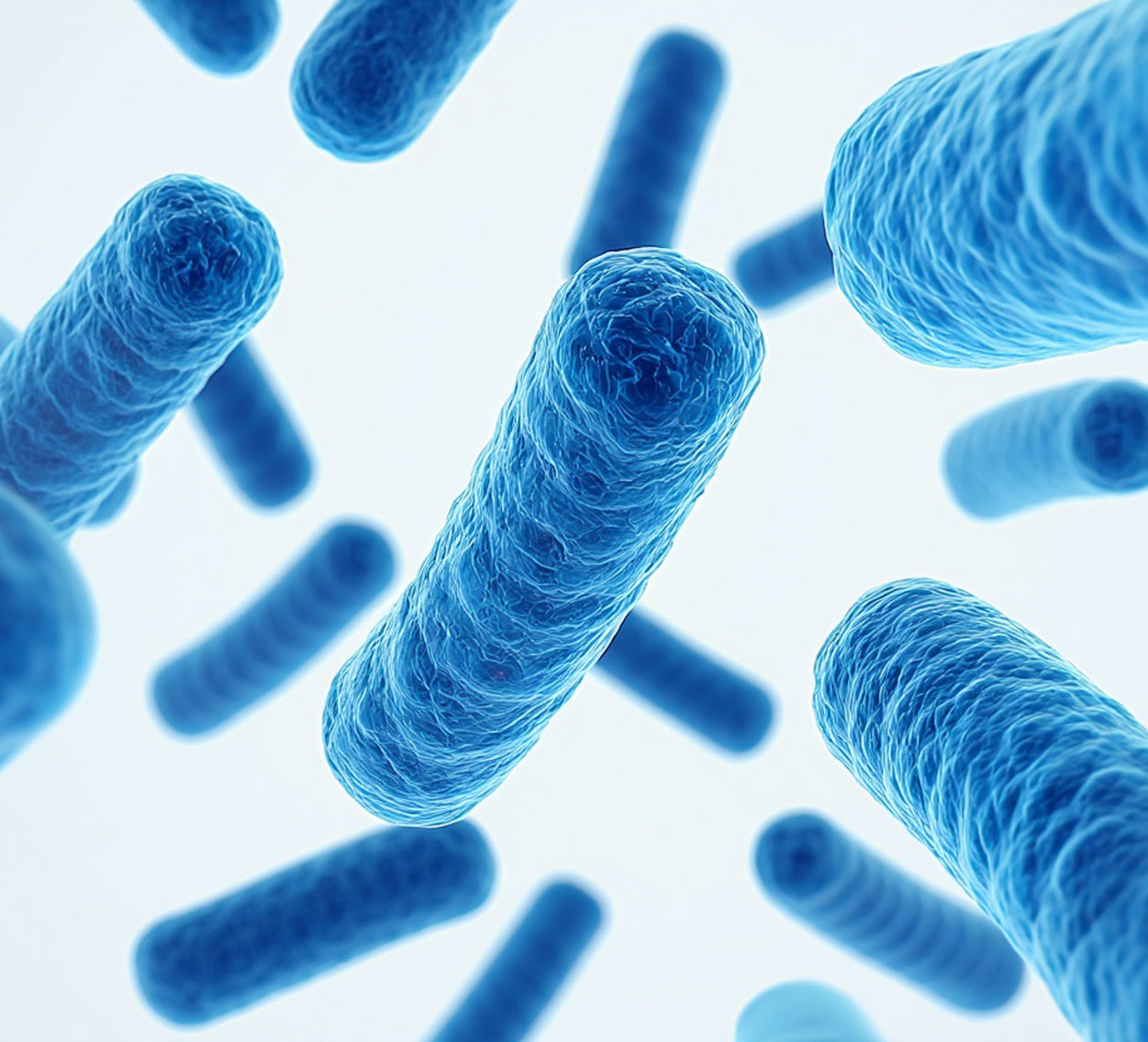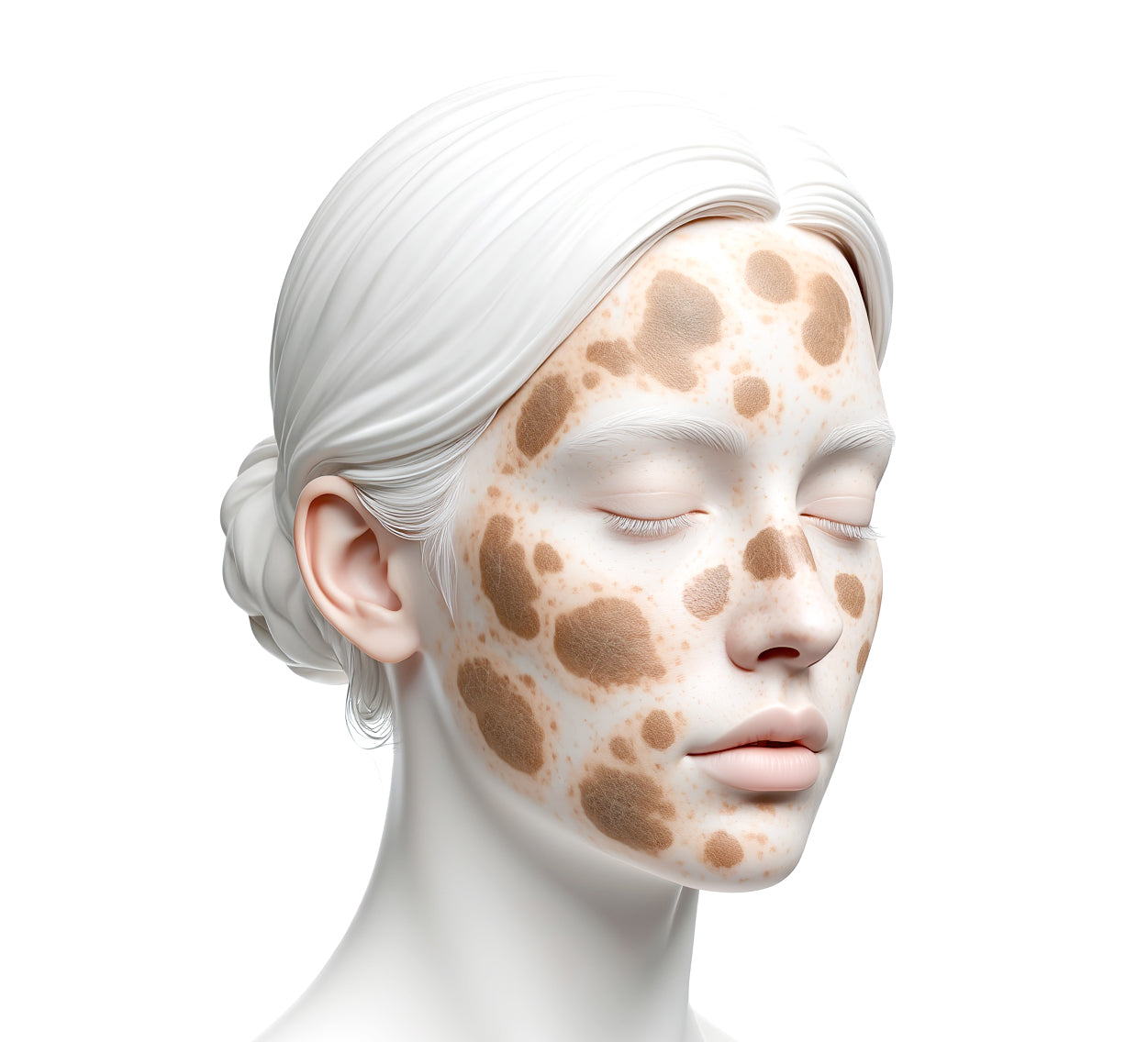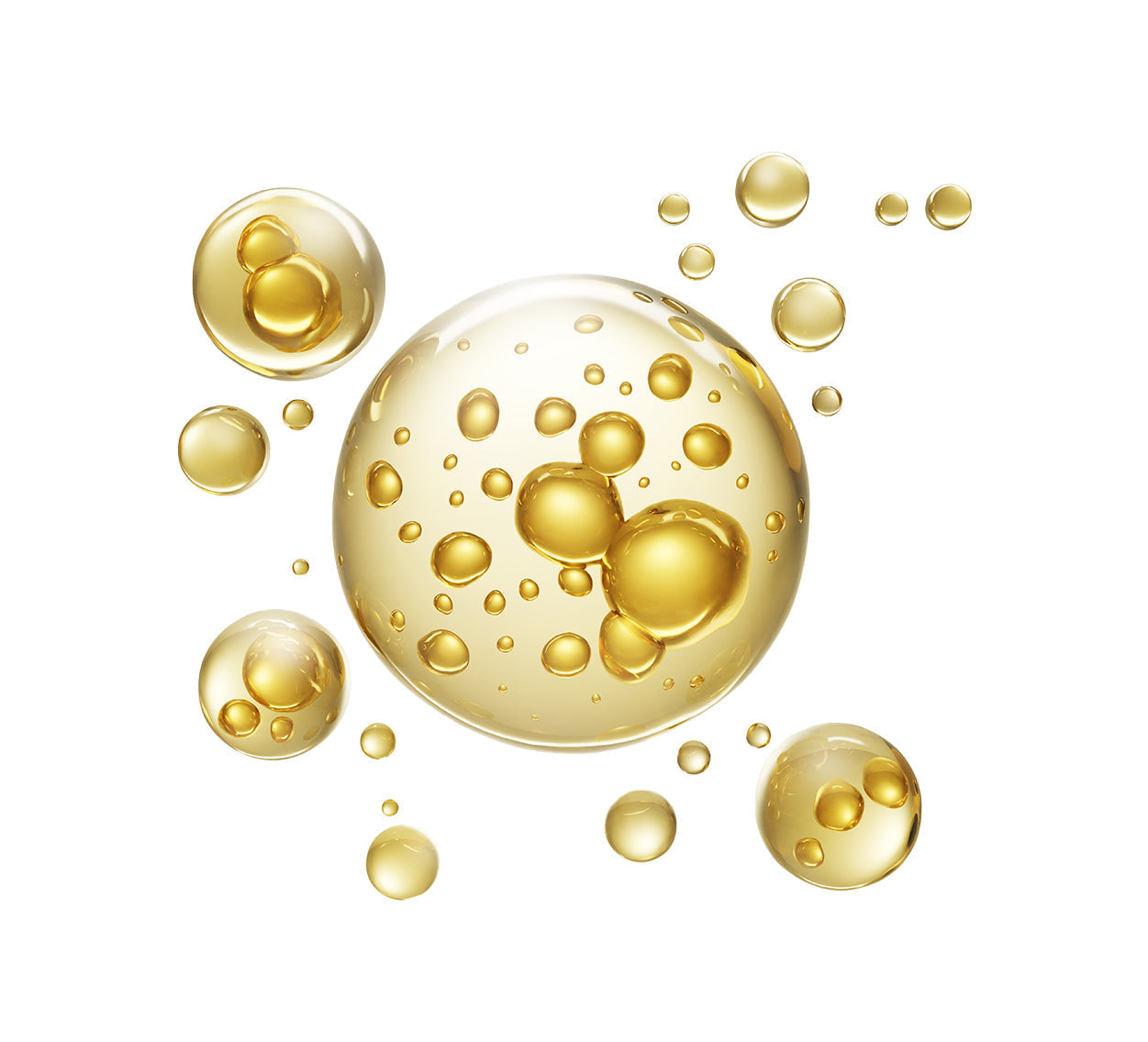Dehydrated Skin: What It Means and How to Fix It
What Is Dehydrated Skin?
Dehydrated skin is a temporary condition where the skin lacks water, even if oil is present. Unlike dry skin, which is a skin type lacking oil, dehydration can occur in all skin types—oily, acne-prone, or combination. It's often triggered by environmental changes, poor skincare habits, or internal hydration issues.
What Causes Dehydrated Skin?
- Overuse of exfoliants or actives that strip the barrier
- Alcohol-based or high-foaming cleansers that disrupt skin's pH balance
- Low humidity or seasonal weather shifts
- Inadequate water intake or compromised lipid barrier
- Extended sun exposure without barrier support
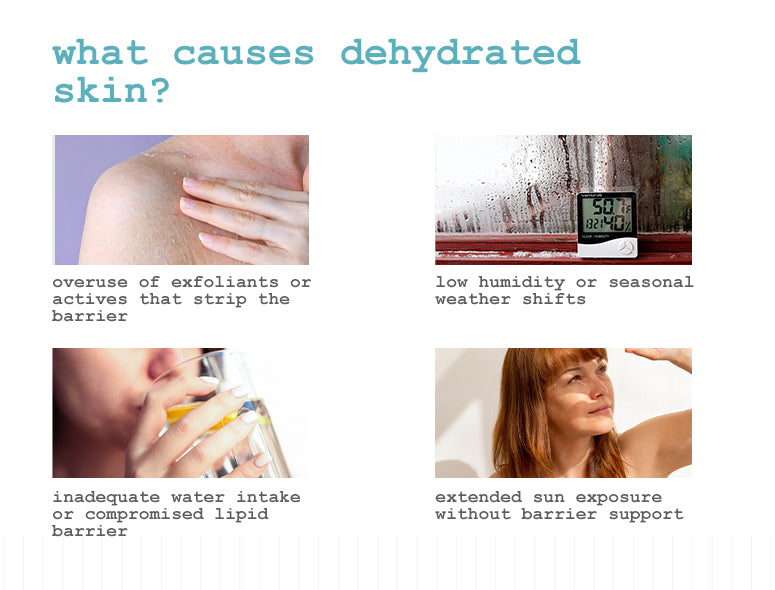
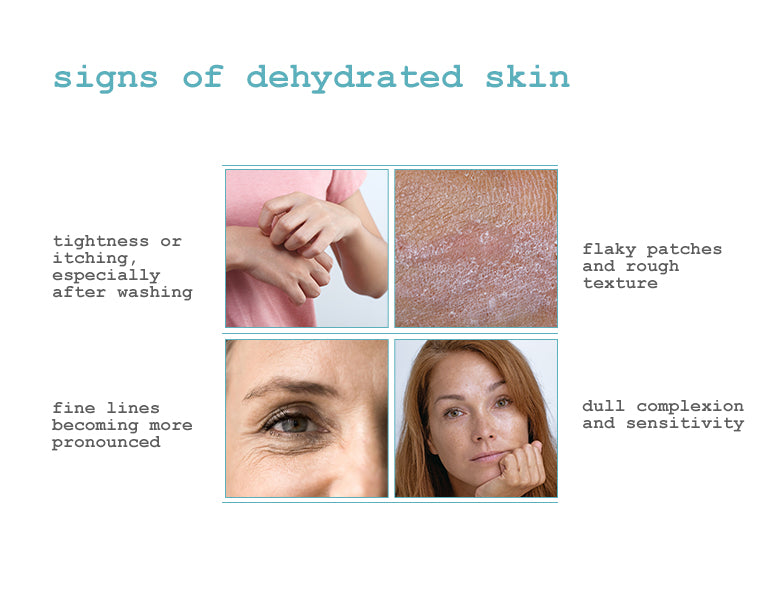
Signs of Dehydrated Skin
- Tightness or itching, especially after washing
- Flaky patches and rough texture (often mistaken for dead skin cells)
- Shiny yet tight areas—typically in the T-zone
- Fine lines becoming more pronounced
- Dull complexion and sensitivity
How to Treat Dehydrated Skin
1. Use a low-pH face cleanser
Choose a gentle cleanser that respects the face cleanser pH level (ideally 4.5–5.5) to avoid further disrupting the skin’s acid mantle.
2. Layer humectants for hydration
Look for ingredients like hyaluronic acid, glycerin, or panthenol that draw water into the skin and support hydration from within.
3. Apply the best moisturiser for dry skin
Use a moisturiser for dry skin that supports the lipid barrier with ceramides, fatty acids, and squalane to seal in water.
4. Limit exfoliation
Avoid harsh scrubs or peels. Opt for a mild face exfoliator once or twice a week to gently remove dead skin cells without over-stripping.
5. Apply sunscreen daily
UV exposure can accelerate dehydrated skin symptoms and contribute to age spots on face. Choose a blue light sunscreen with broad-spectrum protection.
6. Address your environment
Use a humidifier in dry seasons and stay mindful of screen exposure, which contributes to blue light effect on skin and skin stress.
DERMAT Recommends
For effective dehydrated skin treatment, hydration and barrier support must go hand-in-hand. Try the Dermacy Hydrocare Duo:
Ceramide-3 Barrier Strengthening Micro Serum PRODUCT BACKLINK
A lightweight serum with 2.5% hyaluronic acid, Thermal Spring Water, and ceramides. It replenishes hydration, reduces irritation, and supports barrier recovery for skin prone to tightness or flaking.
Ceramide-3 Intense Hydrating Water Gel Cream PRODUCT BACKLINK
This best hydrating face cream offers long-lasting hydration without heaviness. Formulated with ceramides and glycerin, it supports skin repair and reduces the appearance of dehydrated skin symptoms, leaving skin plump and resilient.
Together, this duo offers hydration at both surface and structural levels—making it ideal for those struggling with dehydrated skin or looking to support recovery after treatments like skin lightening treatment or acid peels.
Benefit of dehydrated skin
Use a low-pH face cleanser
Layer humectants for hydration
Apply the best moisturiser for dry skin
Limit exfoliation
Apply sunscreen daily
Address your environment
Final Takeaways
Dehydrated skin is not a permanent skin type—it’s a condition that can be reversed. By using the right balance of water-binding ingredients, low-irritation products, and a moisturizer for dry skin, you can restore hydration and skin function. If your skin feels dry yet oily, dull yet shiny—it might be dehydrated, not simply dry.





